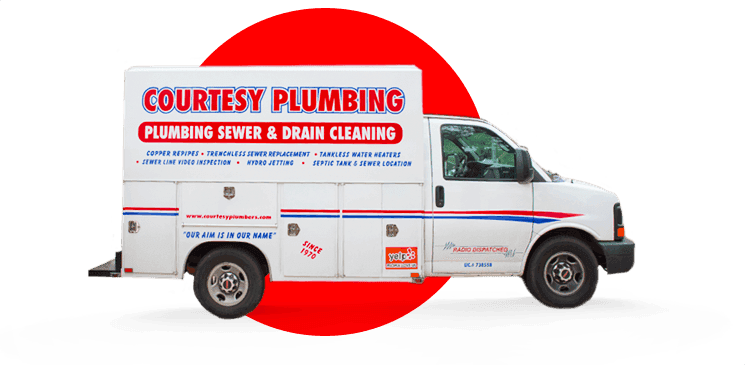Why You Always Want to Check the Plumbing
Buying a new home is a big financial decision. While you are going through your
list of wants and needs, one thing that often gets overlooked is the plumbing. Understandably so, plumbing usually isn’t at the forefront of everyone’s mind when it comes to shopping for their dream home. Homebuyers are focused on neighborhoods, school systems, granite countertops, pools, backyards, and parking to name a few. However, while you are checking your list, checking the plumbing in a potential home can save you a lot of time, money, and stress. Buying a new home and moving are two of the most stressful situations. You don’t want to add plumbing problems to an already volatile situation. Here is your plumbing checklist to help you find that perfect home!
Water Heater
One of the most important things to add to your plumbing checklist when buying a new home is the condition of the water heater. Water heaters only last about 10-12 years, if you are buying an older home, knowing the age of the water is important. Replacing a water heater can be a costly event, so it is important to prepare for it mentally and financially. Here are some things to look out for:
- Check the tank for any signs of corrosion
- Check around the tank for any signs of leaks
- Check the pilot, make sure the flame is strong
- Listen to the water heater, any loud banging sounds could be a sign that there is excessive buildup inside
- Turn off the hot water and check the water quality, rust-colored hot water could be a sign that there is something wrong with the water heater
In addition to inspecting the water heater, you should also inquire about any warranties the water heater might have.
Leaks
Another important thing to add to your plumbing checklist when buying a home is leak detection. Leaks are one of the most common plumbing problems. The major problem with leaks is they can cause a lot of damage if not repaired right away, not to mention they are wasteful. Even a leaky faucet can waste thousands of gallons over time. When buying a new home, you need to be diligent in searching for leaks. Look under all of the sinks, check behind toilets, inspect all faucets and shower-heads, look around the water heater, and inspect all water supply lines to water-using appliances. In addition, look, listen, and smell for any signs of a leak.
- Look for water damaged walls and floors
- Listen for any drips or the sound of rushing water. Not all leaks present themselves front and center, a slab leak can be sneaky, not to mention expensive to repair.
- Use your nose to check for the smell of mold or mildew, which could be a sign of a leak.
Pipes
You will also add checking the condition of visible pipes to your plumbing checklist when buying a new home. Make sure the pipes are in good condition and free of wear and tear, and corrosion. In addition, all outdoor pipes, or pipes exposed to the elements should be properly insulated.
Water Condition
Checking the water condition is another important thing to add to your plumbing
checklist when buying a home. Turn on both the cold and hot water to check the condition of the water. Brown water could be a sign of an issue with the water heater, or a damaged water supply line. You should also check around plumbing fixtures for sediment buildup, as this could be a sign of hard water.
Buying a home can be a stressful process, there is no need to compile that stress with plumbing problems. If you aren’t up to performing your own plumbing inspection, hiring a professional is a good idea. In addition to saving you time, professionals can perform a more thorough inspection of the plumbing system, including a video pipe inspection. Contact Courtesy Plumbing today to learn more!



